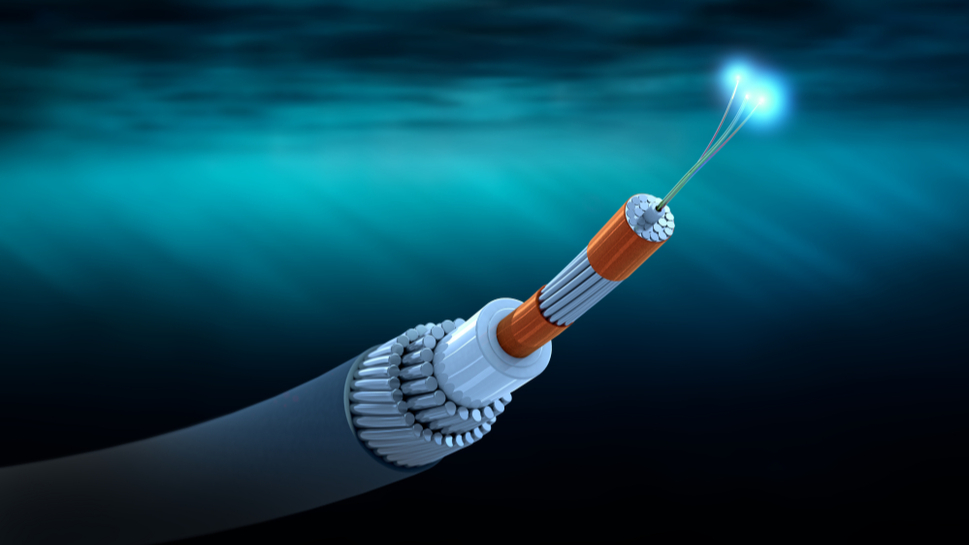- Magnitude 8.8 earthquake strikes off Russia's east coast
- The epicenter is near two local subsea cables, which remain operational
- The Pacific is filled with other cables, but they could be safe from disruptions
After the sixth-largest quake in recorded history struck off the eastern coast of Russia, experts have been quick to reassure that critical subsea cables used for internet and data transfer remain secure.
Rated to magnitude 8.8, tsunami warnings are now being shared across the whole North Pacific region, including Japan and America's West Coast, with waves already arriving in Hawaii, and Japanese low-lying coastal towns being urged to evacuate.
However, so far there have been no effects on critical infrastructure, with subsea cables remaining in tact.
Russian earthquake didn't prompt internet outages
So far, no outages have been reported by communication facilities, cloud computing services or chipmaking plants, with the likes of AWS, Azure and Google Cloud still operating normally.
Russia’s Rostelecom has not reported any disruptions to its subsea cable connecting Petropavlovsk-Kamchatsky with Anadyr, despite its location near to the quake site.
The 10-point Polar Express subsea cable that's currently under construction, also connecting Russian locations and also located near the earthquake's epicenter, doesn't look to have been disrupted, though the quake could cause delays to the project.
Although no other cables transit near the epicenter, the Pacific is filled with major subsea cable networks, including Google's Topaz and Jupiter, which is part-owned by AWS and Meta.
Still, subsea cables are generally buries in trenches for the first few kilometres offshore. Once they're exposed on the ocean floor, they're deep enough not to be majorly affected by tsunami water columns. The biggest risk is earthquake-triggered submarine landslides which threaten to break cables, as seen when nine Asia-Pacific cables snapped in the 2006 magnitude 7.0 Taiwan earthquake.
Hyperscalers also make use of multiple Availability Zones, meaning that even if Russia's earthquake were to affect one area, traffic could be rerouted within hours.
Via The Register









 English (US) ·
English (US) ·